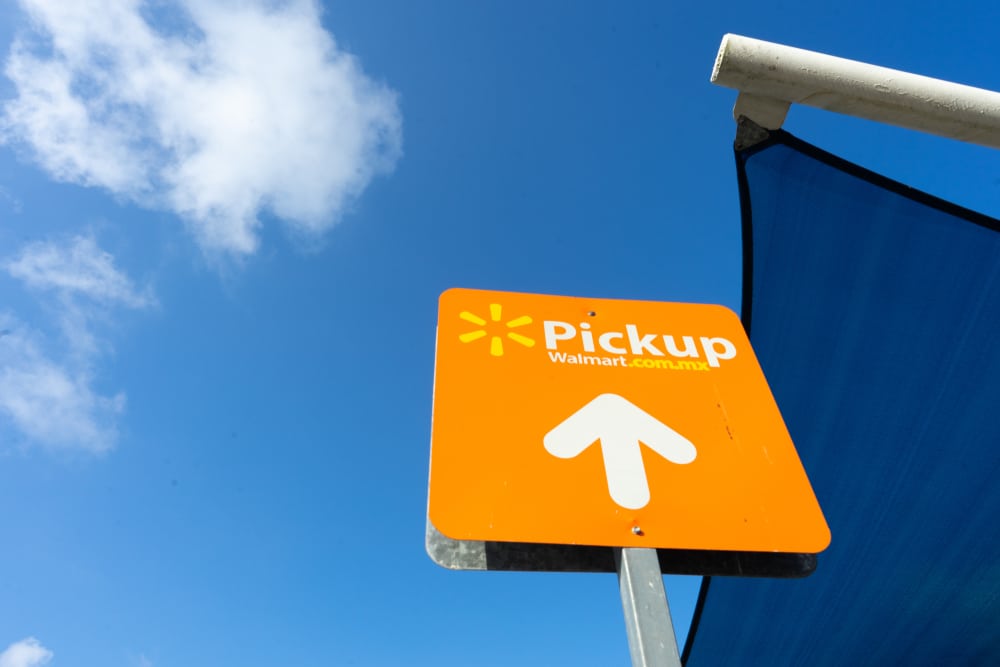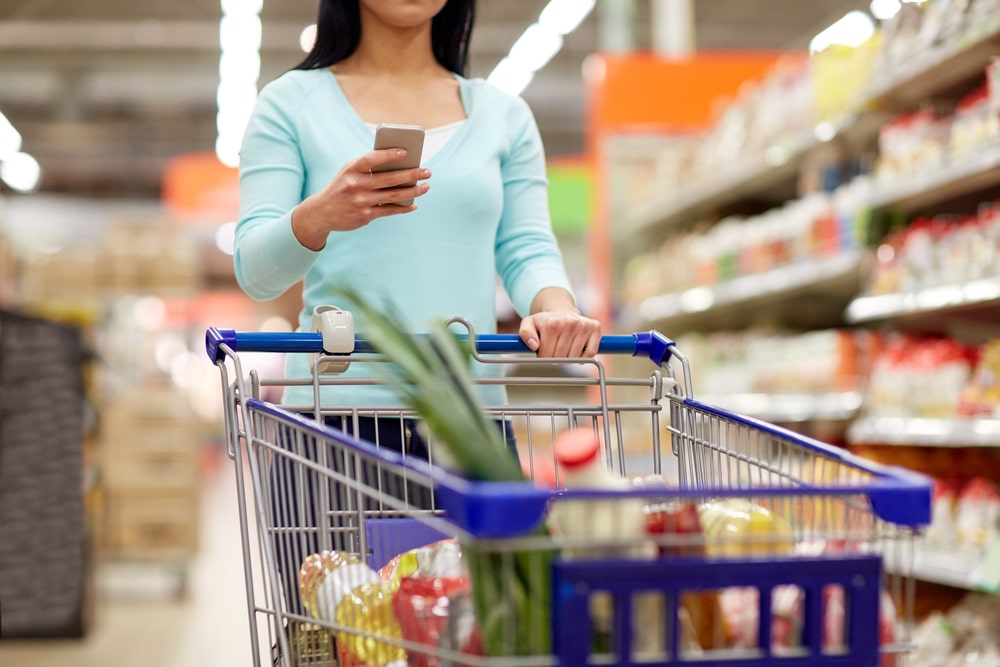The season of giving is here, meaning shopping for gifts and festive treats is top of mind for brands, retailers, and consumers alike. Continue reading “How consumers plan to tackle holiday shopping”
Author: Kick Writers
4 factors influencing consumer decision making
Back to School Shopping Habits
While summer isn’t over just yet, the back-to-school season is upon us, and in a big way. In fact, the National Retail Federation predicts that back-to-school and back-to-college spending will reach an estimated $80.7 billion this school year. This summer, Shopkick surveyed more than 18,000 users on their back-to-school plans and preferences. Continue reading “Back to School Shopping Habits”
Why your CPG brand’s shelf placement strategy should incorporate mobile
While the placement of products on the shelves at a supermarket may seem completely random to a consumer, companies understand that behind the scenes, a shelf placement strategy is at the heart of product and brand success. Continue reading “Why your CPG brand’s shelf placement strategy should incorporate mobile”
A buy online pickup in store strategy won’t necessarily stop in-store purchases
According to Business Insider, over 68% of U.S. customers have made multiple “buy online pickup in store” purchases in the past year. Continue reading “A buy online pickup in store strategy won’t necessarily stop in-store purchases”
How to increase consumer engagement with mobile marketing
When exploring how to increase consumer engagement, brands should consider mobile marketing as it presents a unique opportunity to connect with consumers in a meaningful way, wherever they may be. Continue reading “How to increase consumer engagement with mobile marketing”
Find out why your retail conversion strategy may need to be revamped
Many retailers are faced with the challenge of increasing in-store foot traffic. Continue reading “Find out why your retail conversion strategy may need to be revamped”
How to Make Grocery Shopping Fun for Kids
Let’s be honest: grocery shopping with kids doesn’t always sound like a good time — but it can be. Growing up, my parents made grocery trips feel like an adventure. From helping with the list to pushing the cart, I felt like part of the process — and I actually looked forward to it!
If you want to make grocery shopping a little more fun (and a lot less stressful), here are five simple ways to get your kids involved and entertained.
1. Plan Meals Together
Invite your kids to help plan meals for the week while you’re making your grocery list. Even picky eaters get excited when they’ve had a say in what’s for dinner. Plus, when everyone’s on board with the plan, there’s less begging for extras in the store.
2. Turn It Into a Scavenger Hunt
Turn shopping into a game! Use the Shopkick app to find products to scan for kicks (our version of points). Kids love the hunt, and you’ll earn rewards toward free gift cards while they help track down items.
3. Use a Kid-Sized Cart
If your store has mini shopping carts, take advantage! Little ones love having their own cart to push and fill — it gives them a job and keeps them engaged. Perfect for short trips or light shopping days.
4. Watch & Earn
Shopkick videos are another fun way to keep kids busy while you shop. After scanning items, check for videos to watch right in the app for bonus kicks. They can also explore the Discover Tab to watch and earn from the cart.
5. Make It One-on-One Time
Grocery shopping can double as quality time. Turn it into a mini “date” with one child at a time. It’s a great way to connect, chat, and knock out an errand together — without distractions.
Got your own kid-friendly shopping tips? Share them with us on Facebook or Instagram (@shopkick)! And if you haven’t already, download Shopkick to start earning rewards today.
The future of retail: 6 growing trends in retail
Utilize these 3 creative ways to increase retail sales both in-store and online
Finding creative ways to increase retail sales can be challenging for brands looking to blur the line between in-store and online purchases. Continue reading “Utilize these 3 creative ways to increase retail sales both in-store and online”
Shop for Groceries Online and Save with Walmart Grocery
Do you love grocery shopping? Sometimes, it’s fun to stroll the aisles and discover new finds. But let’s be honest — on a busy day or when life’s throwing more exciting plans your way, grocery shopping can feel like a chore. That’s where Walmart Grocery comes in. Whether you choose pickup or delivery, it’s designed to save you time, help you stick to your budget, and keep your pantry stocked — without the hassle. And when you pair Walmart with Shopkick, you can make your grocery trips even more rewarding.
Why Walmart Grocery is Convenient
Delivery and Pickup Options
Walmart Grocery knows life gets busy, which is why they offer flexible options to fit your schedule. If you’re in an area where delivery is available, your groceries will be brought straight to your doorstep. But if delivery isn’t an option near you, don’t worry — Walmart’s pickup service has you covered.
Here’s how it works: place your order online, then drive to the store when it’s ready. Park in one of the designated Walmart Grocery pickup spots, and their team will bring your order out to your car. No lines, no lugging heavy bags around, just quick and easy service!
Budget-Friendly Shopping Online
We’ve all been there — walking into the store with a list and walking out with a cart full of things we didn’t plan on buying. Those impulse purchases can seriously add up. Shopping online with Walmart Grocery? Total game-changer for your budget!
By shopping online, you can focus on just the items you actually need, without the temptation of in-store distractions (looking at you, snacks and seasonal décor). Plus, seeing your total as you shop helps you stay on track financially. It’s a great way to plan meals, stick to your list, and save money — all from the comfort of your couch.
Variety and Bulk Shopping
Whatever you need, Walmart Grocery has you covered! From everyday essentials to specialty items, their selection is massive. You can easily shop for back-to-school supplies, baby products, pet essentials, and even toys or sports gear. And if you love buying in bulk, Walmart’s Stock Up section is a must-visit — it’s packed with the products you use most, offered in larger quantities for even greater convenience and savings.
The variety is endless, and it’s all available in one place. Whether you’re preparing for a busy school week, restocking the pantry, or getting your home ready for guests, Walmart Grocery makes it easy to check every box.
Earning Kicks with Walmart + Shopkick
While Walmart’s old Savings Catcher program is gone, you can still earn rewards with Shopkick when shopping online at Walmart.com through the Shopkick app. Simply:
- Open Shopkick and navigate to Walmart.com from within the app to see current kick offers
- Complete your purchase as usual to earn kicks toward free gift cards
- For in-store purchases, link your Walmart account for eReceipts to earn automatically on qualifying buys
This way, you’re not just saving time — you’re working toward rewards you can use for everything from your next grocery run to a little personal splurge.
Ready to simplify your grocery shopping? Try Walmart Grocery for delivery or pickup, and pair it with Shopkick to make every trip more rewarding.
How to structure the retail customer experience to build awareness
The retail industry is currently in a state of transition. Continue reading “How to structure the retail customer experience to build awareness”











